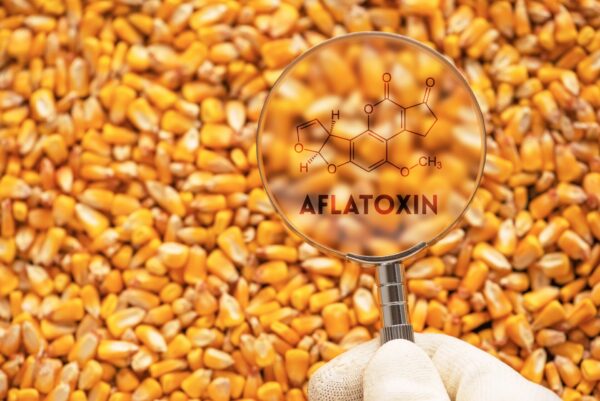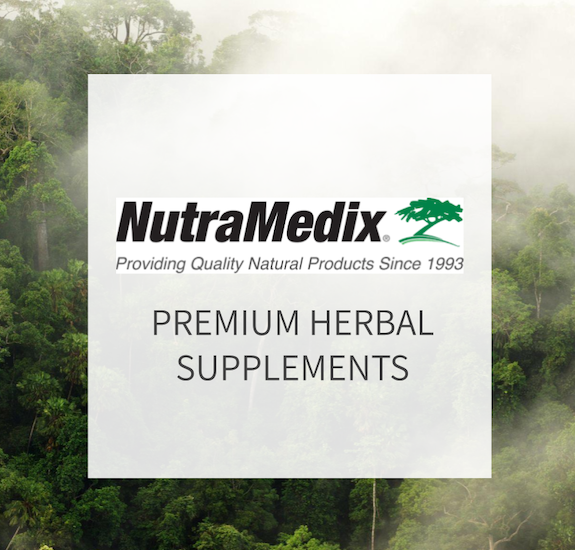From Ancient Fungi to Health Threat: Exploring Mycotoxins and Their Impact
Published on 29 March, 2023
Mycotoxins are toxic substances produced by fungi that can contaminate food and feed, causing health problems in animals and humans. These toxins are a major concern for food safety and can cause serious health problems, including cancer, immunosuppression, and reproductive disorders.
“EXPOSURE TO MYCOTOXINS CAN HAPPEN EITHER DIRECTLY BY EATING INFECTED FOOD OR INDIRECTLY FROM ANIMALS THAT ARE FED CONTAMINATED FEED”
WORLD HEALTH ORGANISATION
Exposure to mycotoxins is not always the result of food consumption, with studies exploring that exposure can also happen in working or living environments. Mycotoxicosis can cause acute and chronic health effects to humans and livestock via ingestion, inhalation and contact with the skin, as well as through entering the lymphatic system and blood stream.
While acute effects typically manifest within 72h of exposure, chronic effects may take months, years, or even decades. They harm the macrophage system, impair protein synthesis, intensify the response to bacterial endotoxin, and inhibit particle clearance of the lungs.
There are several different types of mycotoxins, but in this blog, we will focus on five of the most common and well-known ones: Aflatoxin B1, Fumonisin (B1&B2), Deoxynivalenol, Ochratoxin A, and Zearalenone.
Aflatoxin B1
Produced by various Aspergillus species, aflatoxins are found primarily in grains, tree nuts, oilseeds and spices. Aflatoxins can also be found in homes, basements and on the filters of air conditioners in cars. Aflatoxins can enter the body in a variety of ways, through ingestion, inhalation and skin absorption, causing carcinogenic, hepatotoxic, and teratogenic damage, which is why the WHO classifies them as carcinogenic and genotoxic.
Deoxynivalenol (DON)
Belonging to the mycotoxin family of trichothecenes, this is found mainly in cereals, such as wheat and beans, as well as in spices. Because it is metabolised rapidly, short-term symptoms may include nausea, vomiting, abdominal pain, headache, dizziness, and fever. Effects at the cellular level are due to binding to ribosomal subunits and inhibition of protein synthesis. Membrane function is thought to be altered due to lipid peroxidation, and intercellular communication and deregulation of calcium homeostasis may be affected.
Fumonisin (B1&B2)
These are mycotoxins produced by Fusarium species (tubular fungi). They are mainly found in cereals such as corn, wheat, beans and spices. Described mechanisms of their effect show correlations in the interruption of sphingolipid biosynthesis. Sphingolipids are involved in various aspects of cell regulation, which may be the basis for the cytotoxic and carcinogenic mechanisms of fumonisins. Sphingolipids are responsible for altering cell proliferation, increased expression of cytokines, unscheduled DNA synthesis, cell cycle arrest and alteration of cell signalling through cAMP and protein kinase C.
Ochratoxin A
A mycotoxin found primarily in cereals especially wheat and barley, as well as their products such as dried fruit, spices, licorice, coffee beans, wine, grape juice and roots. It can also occur in meat from animals that have consumed contaminated grains. Ochratoxin A is associated with endemic nephropathology in humans, as well as urinary tract tumours. There are numerous records of nephrotoxic, hepatotoxic, teratogenic, and immunotoxic damage from this mycotoxin in livestock, but only a few reports of human health effects, which is why IARC classifies it as a Group 2B possible human carcinogen.
Zearalenone
It is found primarily in cereals, especially corn, rice, millet, sorghum, rye, oats, barley, wheat and spices. As a nonsteroidal oestrogenic metabolite, it may cause sterility and other reproductive disorders as a result of its oestrogenic activity. In prepubertal females, zearalenone intoxication may manifest clinically as hyperestrogenism, caused by the constant conversion of zearalenone to α-zearalenol.
In conclusion, mycotoxins are a significant threat to human health that should not be taken lightly. It is essential that we continue to raise awareness of the risks associated with mycotoxins and take action to mitigate their impact. With their ability to contaminate a wide variety of food and feed, they pose a risk to individuals all over the world. While there is still much to learn about these harmful compounds, greater awareness and action are necessary in order to safeguard the health and well-being of ourselves and future generations.
Through collaboration and concerted effort, we can work towards a healthier, safer, and more sustainable future for all.

To learn more about how can mycotoxins influence human health, and how to detect them please see Kunal Garg’s Webinar and Slide Presentation

To read more about the dangers of Mycotoxins and how we can test for them please see HERE

References:
Habschied, K.; Kanižai Šari´c, G.; Krstanovi´c, V.; Mastanjevi´c, K. Mycotoxins—Biomonitoring and Human Exposure. Toxins 2021, 13, 113. https://doi.org/10.3390/ toxins13020113
Arce-López, B.; Lizarraga, E.; Vettorazzi, A.; González-Peñas, E. Human Biomonitoring of Mycotoxins in Blood, Plasma and Serum in Recent Years: A Review. Toxins 2020, 12, 147. https://doi.org/10.3390/toxins12030147
Awuchi, C.G.; Ondari, E.N.; Nwozo, S.; Odongo, G.A.; Eseoghene, I.J.; Twinomuhwezi, H.; Ogbonna, C.U.; Upadhyay, A.K.; Adeleye, A.O.; Okpala, C.O.R. Mycotoxins’ Toxicological Mechanisms Involving Humans, Livestock and Their Associated Health Concerns: A Review. Toxins 2022, 14, 167. https:// doi.org/10.3390/toxins14030167



